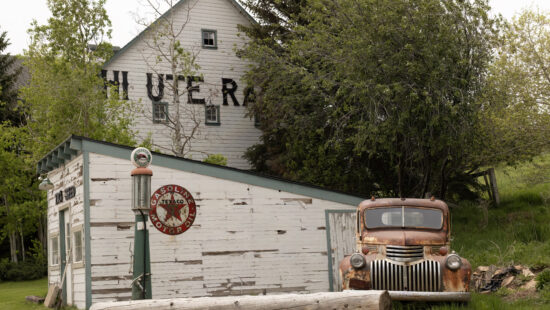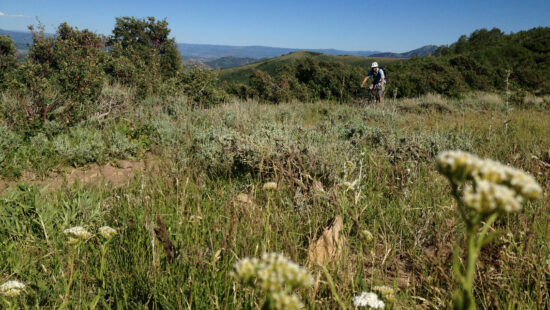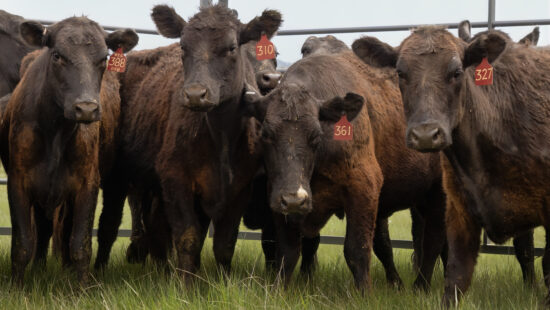Arts & Entertainment
Portraits of Preservation: 35 years of conservation, one auction to keep Utah wild

The Provo River winds through autumn foliage beneath a fiery sunset in Heber Valley, with Mount Timpanogos on the horizon—one of many landscapes safeguarded by Utah Open Lands. Photo: Johnny Adolphson
PARK CITY, Utah — Utah Open Lands will mark its 35th anniversary with a “Portraits of Preservation” online auction May 12‑18. Executive Director Wendy Fisher calls this event “the engine that keeps this organization protecting land.”
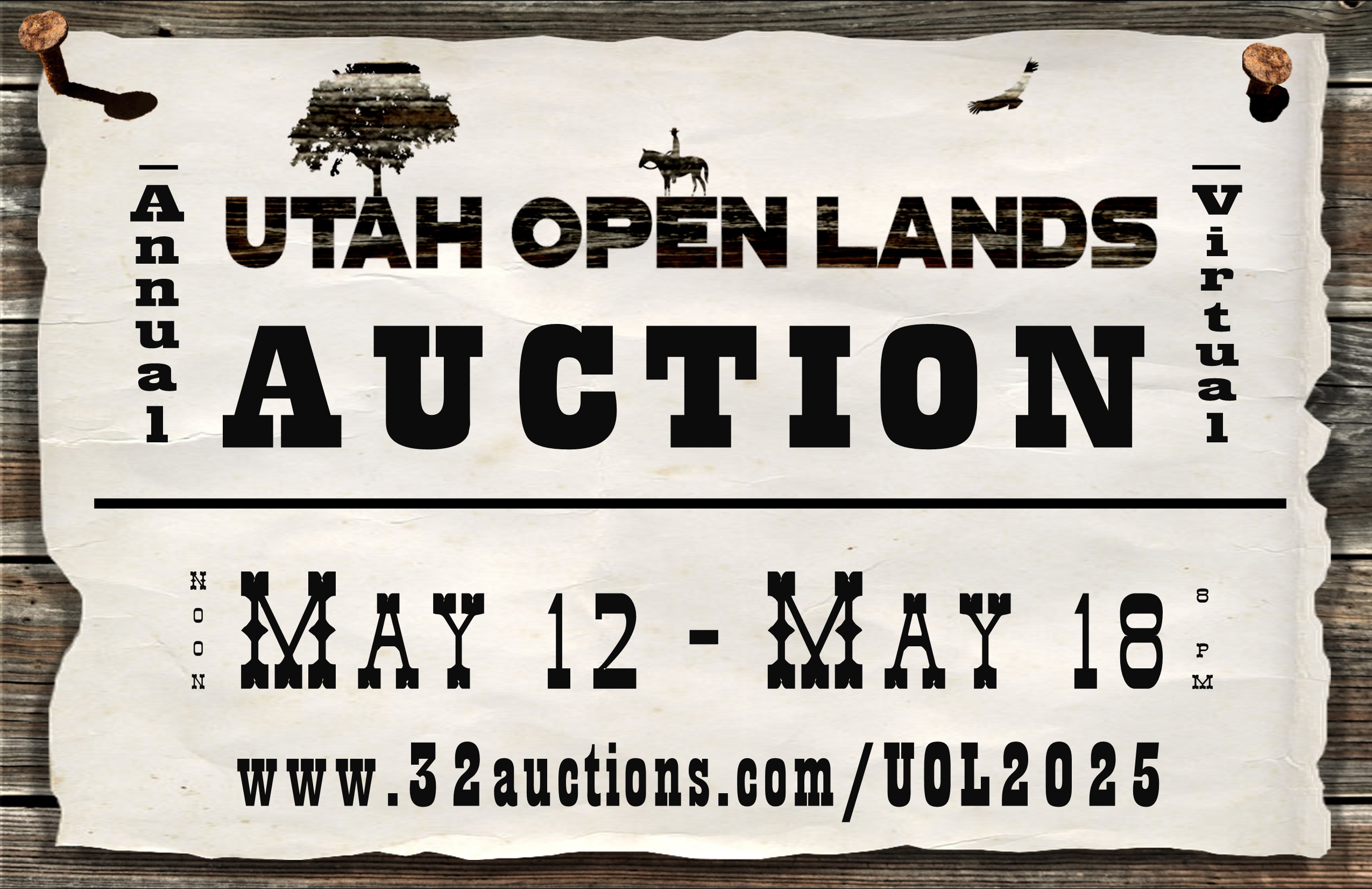
Bidding begins at noon on May 12 and closes at 8 p.m. on May 18. Luxury getaways, outdoor adventures, original art, and restaurant packages will be available for bid. Proceeds will underwrite the appraisals, surveys, and legal work behind every new conservation easement.
“Without those dollars, we will fall short of the tangible land preservation that really needs to happen in these communities,” Fisher said. Last year’s paddle raise brought in about $350,000, a figure the nonprofit aims to match.
Three and a half decades of conservation
Since its founding in 1990, Utah Open Lands has protected 64,000 acres across more than 120 properties. One of the first victories — the John D. Anderson Memorial Wildlife Preserve above Oakley — still safeguards the town’s drinking‑water source. “Bruce and Jan Manning chose conservation over development, and now Oakley bottles its own water,” Fisher said.
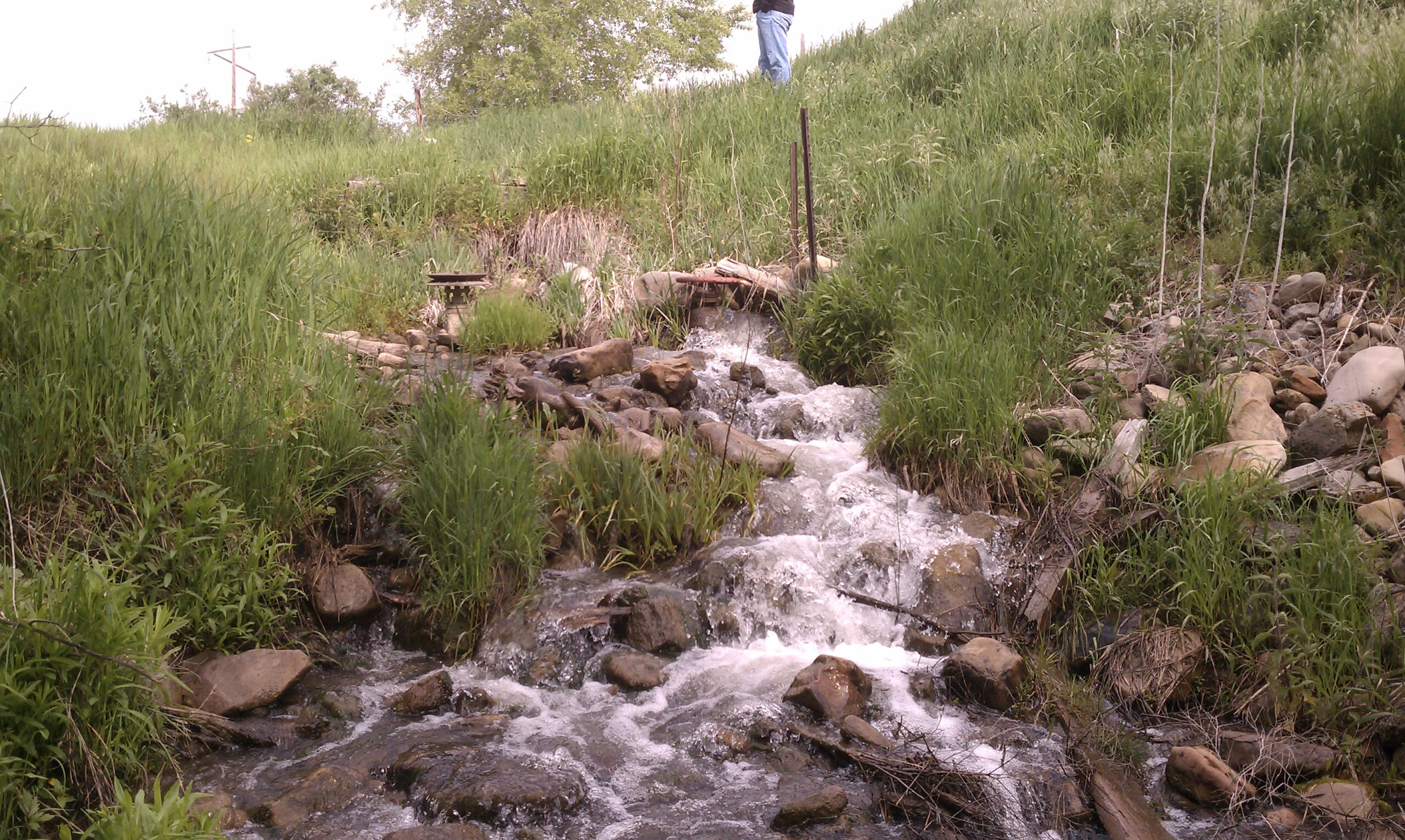
Another milestone arrived in 2017, when the group led a $13 million campaign to protect the Bonanza Flat plateau after a Park City bond came up short. The land had been slated for 260 homes and an 18‑hole golf course. “If we hadn’t succeeded, that landscape would have been lost — and once it’s gone, it’s not replaceable,” Fisher said.
Earth Day lessons in resilience
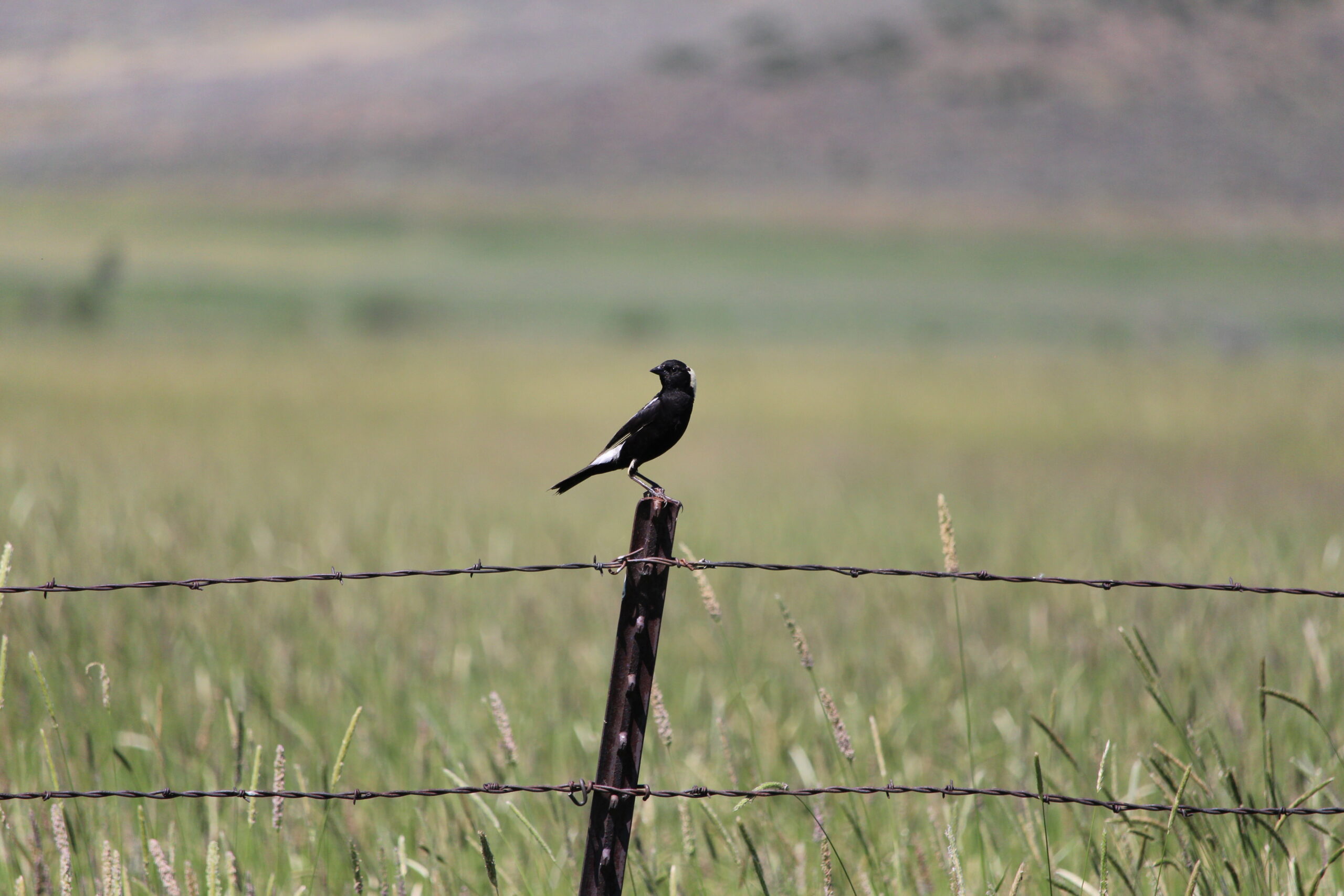
Fisher said Earth Day underscores how conserved land buffers climate threats. In 2012, Utah Open Lands protected a 150‑acre meadow in Kamas Valley; a decade later, the song of the Bobolink, declining for years, rebounded. “These species coming back to these pastures are a good sign. They are a barometer for our survival,” Fisher shared.
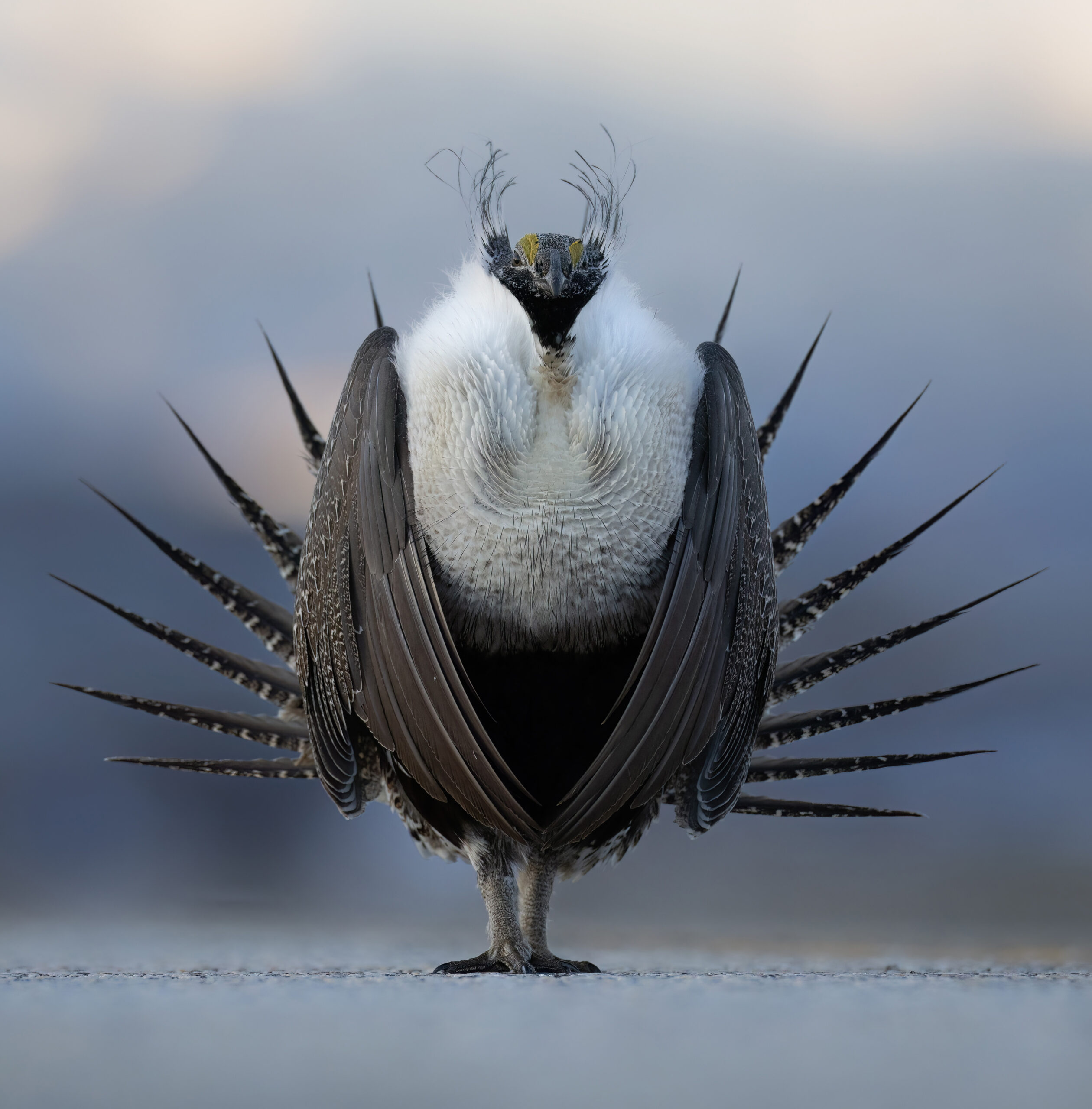
Similar success stories include a thriving sage‑grouse lek near Bear Lake and rebounding Columbia spotted frog populations on two reserves along the upper Provo River. “One of the most productive sage‑grouse leks in northern Utah sits on land we’ve protected at the Henefer Divide,” Fisher said. “These birds will only survive if we safeguard the ‘dance floor’ where they strut and mate—it’s literally in their DNA.”
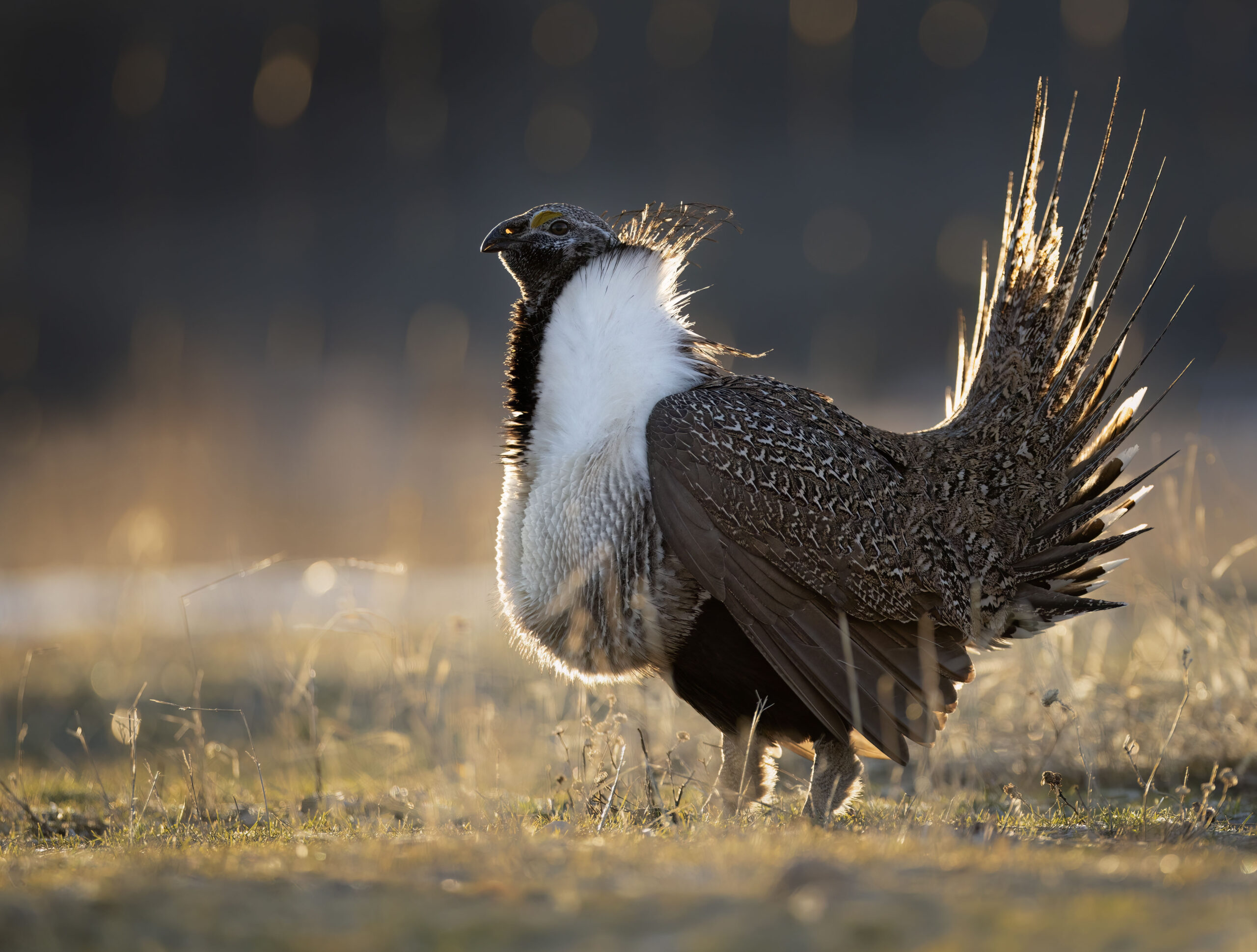
Stewardship amid Utah’s growth
Rapid growth has intensified pressure on open space, Fisher said. “The biggest challenge is ensuring the next generation is in touch with this legacy that’s been protected for them.”
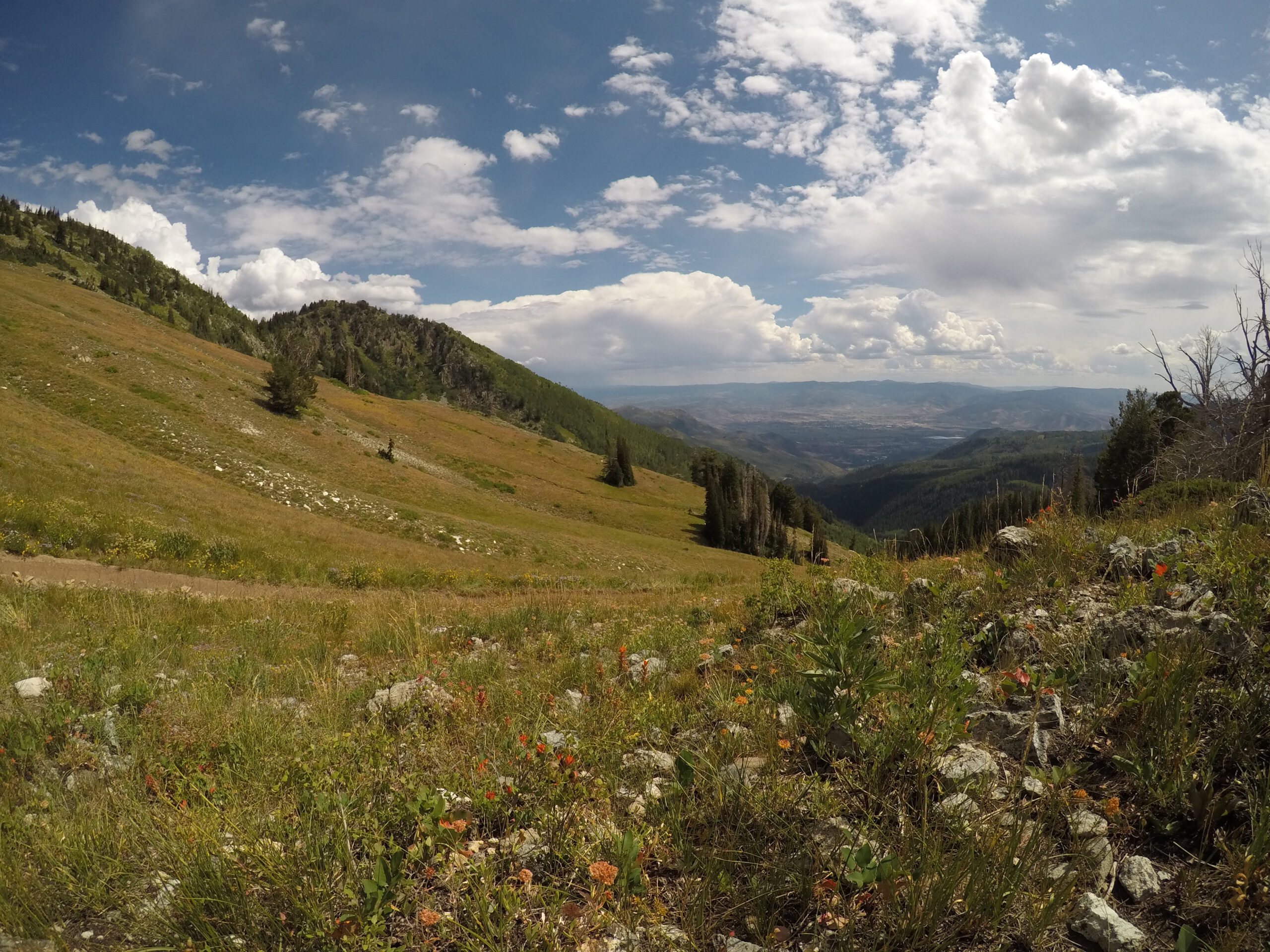
Fisher also wants lawmakers to bolster the funds and commitment to conservation. People flock to the state for those very landscapes, she added.
“People come here — and stay here — because of the beauty and the recreation opportunities,” she said. “We’re at a tipping point and don’t want to kill the goose that laid the golden egg.”
The nonprofit defends its easements when necessary, even in court. “Even when it’s a powerful company or a government agency, we hold their feet to the fire,” Fisher said. “That precedent is essential—perpetuity has to mean something.”
Looking ahead
An in‑person Portraits of Preservation gala is planned for August. It will feature talks with ranching families and other partners and, if logistics allow, a liberty‑horse demonstration.
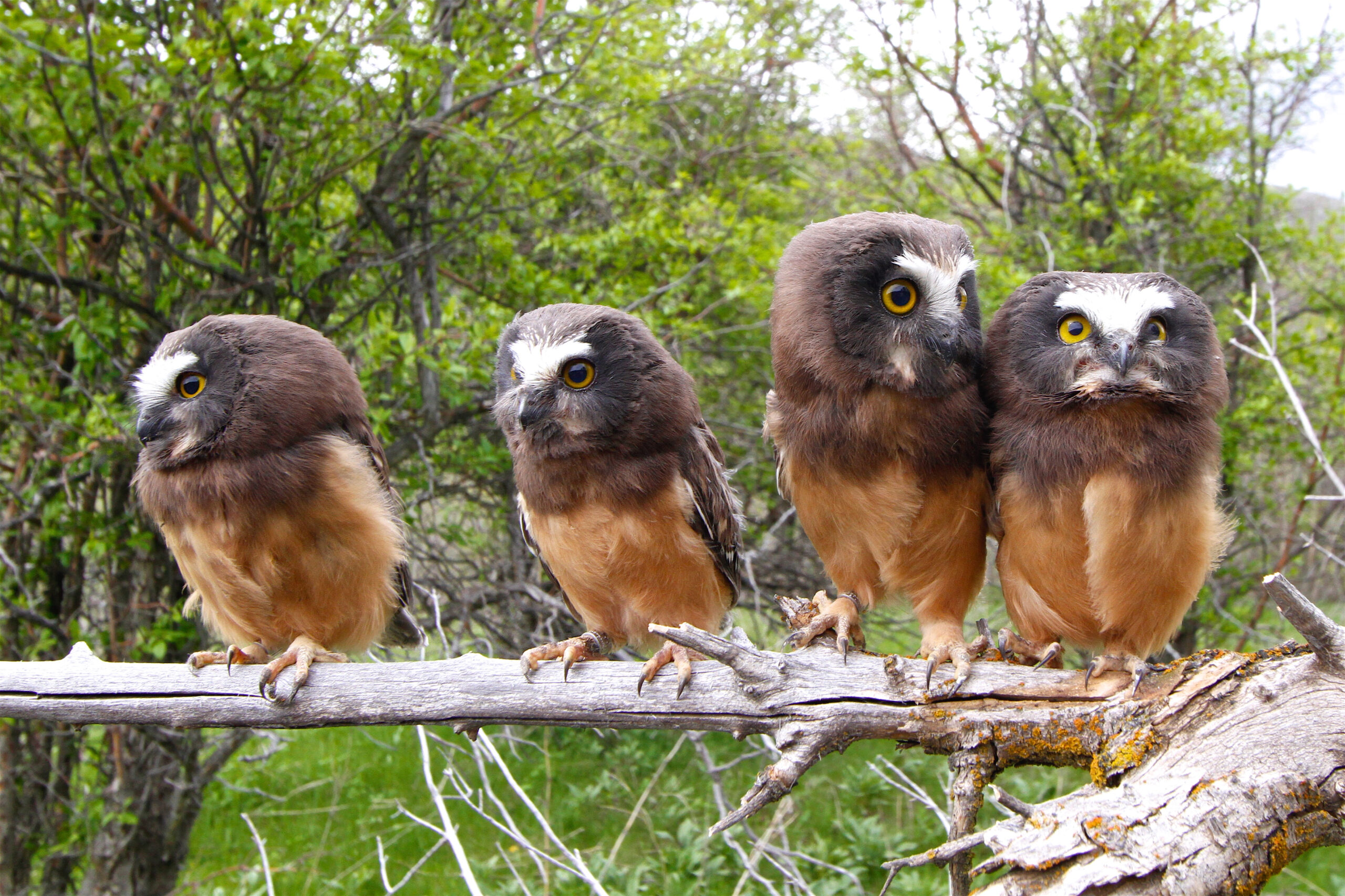
Fisher praised land‑owning families in Heber Valley, Bear Lake and Summit County for choosing conservation over quick profits and said other collaborations with tribes for returning culturally significant landscapes to Indigenous stewardship. “Those relationships need reverence, not perfunctory gestures,” she said.
She also encouraged community members to get involved. “We run a robust volunteer program with restoration days that range from weed pulls and trash pickup to raking and reseeding,” Fisher said. “There’s also our Conservation Ambassador program, where people learn low‑impact practices and give peer‑to‑peer nudges out on the trail.”
After 35 years at the helm, Fisher credits community support for every success. “I anticipate the next 35 years will be just as remarkable,” she said.
The auction catalog will be posted May 6 at utahopenlands.org.














